Every year, thousands of deaths due to diarrhea, cholera, typhoid and other gastrointestinal diseases have been attributed to poor water, sanitation and hygiene not just in this region but globally. Diarrheal diseases could be avoided if water suppliers would ensure the safety of drinking water from source to consumer. Guided by the national drinking water regulations, the health-based targets of maximum allowable concentration for microbiological, chemical, physical and radiological parameters in drinking water could be achieved through the application of the multiple barrier approach to risk management in water supply. This is the overall principle and goal of water safety plans. This Workbook is intended to be used for training within the Region emphasizing a systematic and preventive risk-based approach to avoid drinking water contamination towards improvement of public health. The strategy is to use multiple barriers so that if one barrier fails, the water stays safe. The intended users are water supply practitioners at all levels especially water quality managers, operators, regulators, assessors, academics, consultants, NGOs, and international organizations.

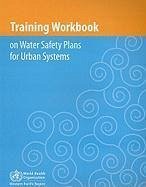
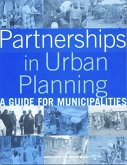
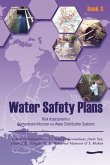
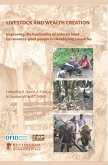
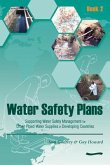
![Citizen Views of Democracy in Latin America [With CDROM] Citizen Views of Democracy in Latin America [With CDROM]](https://bilder.buecher.de/produkte/53/53538/53538017m.jpg)
![Trade and Transport Facilitation Assessment: A Practical Toolkit for Country Implementation [With CDROM] Trade and Transport Facilitation Assessment: A Practical Toolkit for Country Implementation [With CDROM]](https://bilder.buecher.de/produkte/31/31088/31088342m.jpg)
![World Investment Report: Towards a New Generation of Investment Policies [With CDROM] World Investment Report: Towards a New Generation of Investment Policies [With CDROM]](https://bilder.buecher.de/produkte/35/35463/35463836m.jpg)